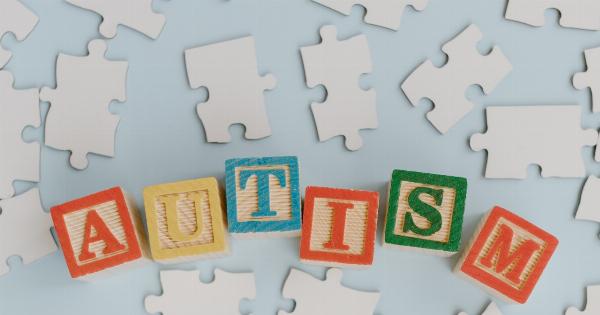Autism, also known as Autism Spectrum Disorder (ASD), is a neurodevelopmental disorder that affects communication and social interaction skills.
While there is no specific test for autism, diagnosis is made through a combination of behavioral observations, medical evaluations, and communication assessments. One of the key factors in diagnosing autism is analyzing the language abilities of an individual. Understanding the language of autism can provide valuable clues that can lead to a diagnosis.
What is the Language of Autism?
Autism affects an individual’s ability to communicate and understand language. This can lead to a range of language difficulties, such as delayed speech, poor vocabulary, and difficulty with recalling words.
However, some individuals with autism may have advanced language skills, but still face challenges in using language effectively to communicate.
Individuals with autism may use language in a way that is different from neurotypical individuals. These differences are often referred to as the “language of autism.” Examples of the language of autism include:.
- Echolalia: repeating words or phrases heard from other people or media
- Literal language interpretation: difficulty understanding sarcasm, jokes, or abstract language
- Idiosyncratic language: using unusual or invented words or phrases
- Muting: periods of silence or reduced speech output
- Monotone speech: a lack of variation in pitch, tone, and rhythm
How is Language Assessed in Diagnosis?
Language assessments are an important part of diagnosing autism. There are several types of language assessments that can be used, including:.
- Parent/Caregiver Interviews: gathering information about the individual’s language development and abilities from family members or other caregivers
- Observation: observing the individual in various settings and noting how they use language to communicate and interact with others
- Standardized Language Tests: utilizing standardized language tests to assess areas such as vocabulary, grammar, and comprehension
What Clues Can Language Provide in Diagnosis?
Language assessments can provide valuable clues that can lead to an autism diagnosis. When assessing language, healthcare professionals may look for:.
- Delayed speech or language development
- Poor comprehension or understanding of language
- Poor use of language for communication or social interaction
- Repetitive or idiosyncratic language use
- Lack of reciprocal conversation or turn-taking
Other clues may include difficulty with nonverbal communication such as eye contact and body language, as well as restricted interests and repetitive behaviors.
Language Intervention for Individuals with Autism
While autism affects language acquisition and use, many individuals with autism can still benefit from language intervention services.
Speech-language pathologists (SLPs) can work with individuals with autism to develop communication skills and strategies that can improve social interaction, academic success, and overall quality of life. Language intervention for individuals with autism may include:.
- Augmentative and Alternative Communication (AAC): utilizing communication devices such as picture boards or speech-generating devices
- Social Skills Training: targeting specific communication skills for use in social situations
- Play Therapy: using play to improve communication and language development
- Narrative Therapy: focusing on developing storytelling skills and understanding social narratives
Conclusion
The language of autism can provide valuable clues to healthcare professionals when diagnosing autism.
Understanding the unique language abilities and challenges of individuals with autism can lead to early diagnosis and effective intervention strategies. By utilizing language assessments and interventions, individuals with autism can develop the communication skills necessary to succeed in school, work, and social situations.





























